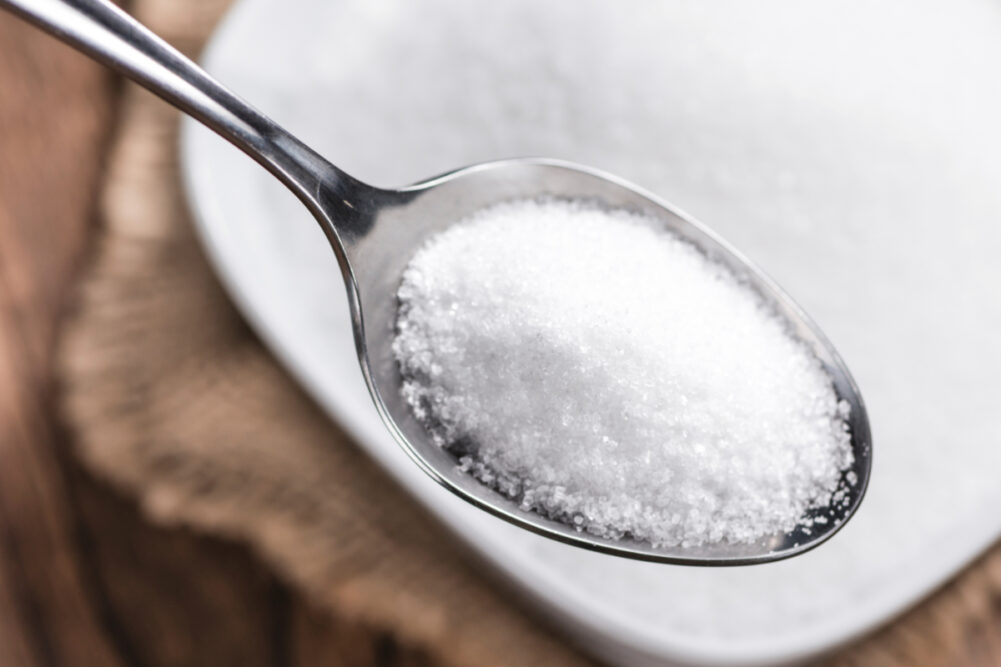CHICAGO — The rare sugars allulose and tagatose need to work on two areas to gain further acceptance into reduced-sugar food and beverage applications: lowering costs and increasing consumer awareness.
Speakers examined the traits of the two sweeteners in a virtual webinar held as part of SHIFT20, a virtual event produced by the Institute of Food Technologists, Chicago, after its annual meeting and exposition was canceled because of COVID-19.
Allulose and tagatose already have advantages in their similarities to sugar and their low caloric content. Allulose is 70% as sweet as sugar but only 0.4 calories per gram, which compares to sugar at 4 calories per gram. Tagatose is 90% as sweet as sugar and 1.5 calories per gram. Both rare sugars bring functionality similar to sugar’s functionality in areas such as browning for baked foods and freeze-point depression for ice cream. Allulose and tagatose also complement high-intensity sweeteners in soft drinks.
Rare sugars exist in nature but not in quantities that make harvesting them economically reasonable, said Daniel J. Wichelecki, PhD, chief scientific officer and co-founder of Bonumose LLC, Charlottesville, Va.
“For example, you’d need about 43 apples to get enough tagatose to stir into your coffee,” he said.
Bonumose was created in 2016 to commercialize enzymatic technology used in the production of affordable tagatose, which over the years has faced cost hurdles in gaining acceptance in the food industry. Tagatose previously was produced from lactose, but the yield was only about 25%, Dr. Wichelecki said. Bonumose uses an enzymatic reaction to produce tagatose from starch with a yield of 90%.
“Pricing comes down to formulating into food,” said Yuma Tani, deputy manager of the overseas group for rare sugars for Matsutani Chemical Industry Co., Ltd., which is based in Japan. “This is not a medical product. This is a food product. You have to have the price affordable.”
Matsutani Chemical has worked with allulose for more than 15 years and produces it under the Astraea brand. An enzymatic conversion of starch produces allulose. Cane sugar and beet sugar could be used as raw sources, too, Mr. Tani said.
Ingredion, Inc., Westchester, Ill., and Matsutani entered into a partnership in December 2018. Ingredion last November opened a production plant in San Juan del Río, Mexico, where it manufactures Astraea. Ingredion markets and sells Astraea across the Americas. Matsutani markets and sells Astraea across most of Asia.
“The consumers on the street really do not know much about allulose,” said Didem Icoz, PhD, senior manager of global sugar reduction at Ingredion. “They are still a little hesitant — What is it exactly? Once education is given to them, they are definitely much more open to it when they understand the benefits of sugar reduction.”
Allulose received favorable news in in April 2019 when the US Food and Drug Administration said it will exercise enforcement discretion to allow the sweetener to be excluded from total and added sugars declarations on the Nutrition Facts and Supplement Facts labels on products.
Both allulose and tagatose are Generally Recognized As Safe (GRAS) for use in foods and beverages.
“I think allulose and tagatose are going to have a space in the future of food products, and one of the big aspects is their functionality as mentioned, but to me the No. 1 most important thing is these are healthy for people,” Dr. Wichelecki said. “I think that it’s an excellent shift in the right direction. It’s not just satisfying the sweetness, but it’s also promoting health.”





